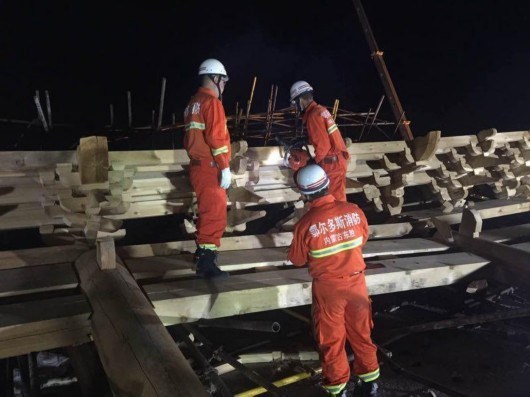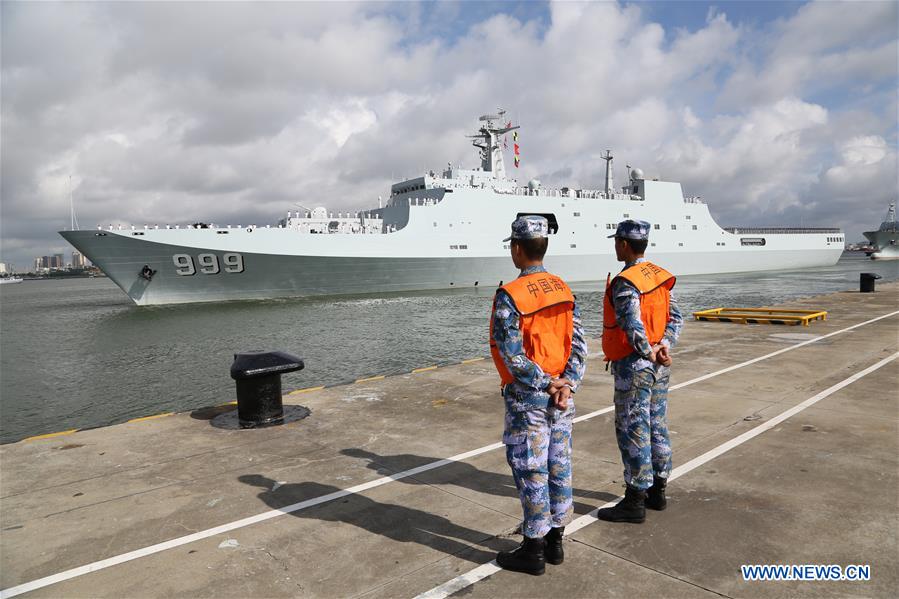China’s University of International Business and Economics released the Global Value Chain Development Report 2017 in Beijing on Monday, identifying GVCs as providing new opportunities for developing countries.
|
|
|
“The Global Value Chain Development Report 2017: Measuring and Analyzing the Impact of GVCs on Economic Development” is released by the University of International Business and Economics in Beijing, July 10, 2017. [Photo/China.org.cn]
|
“Global Value Chain Development Report 2017: Measuring and Analyzing the Impact of GVCs on Economic Development” is co-published by the World Bank Group, World Trade Organization (WTO), Organization for Economic Cooperation and Development (OECD), the Japan’s Institute of Developing Economies (IDE-JETRO) and the Research Center of Global Value Chains of the University of International Business and Economics (UIBE), providing comprehensive analysis of the global economy. Social Sciences Academic Press (China) will translate and publish a Chinese edition.
Global value chains (GVCs), breaking up production processes so that different steps can be carried out in different countries, have transformed world trade. The report says GVCs create new opportunities for developing countries, increasing their participation in global markets and enabling them to diversify exports.
Without them, a developing country would have to be able to produce a complete product in order to expand into a new line of business. While GVCs have helped many developing countries advance, the benefits are not even.
Witnessing the potential benefits, stakeholders in developing countries typically want to see their country more involved in value chains and moving to higher value-added activities over time. However, only a few developing economies, most notably China, are deeply involved in this approach.
The report released on Monday examines ways in which developing countries can deepen their involvement in GVCs and move up the value chain.
It suggests the key to expanding the concept lies in cutting trade costs. Although they have declined over the past decades, non-tariff trade costs related to infrastructure, transportation, and uncertainty remain a barrier to wider GVC participation. In some complex value chains, such as motor vehicles, computers or machinery, non-tariff trade costs are more than four times higher than tariffs.
Participating in deep trade and investment agreements can advance this agenda, and these will be most powerful if they encompass several neighboring countries. Preferential trade agreements are increasing in number and deepening in content, surging from 50 in 1990 to 279 in 2015. However, further growth depends on preservation of an open trading system.
Small firms and the informal sector also need to be included. Poor infrastructure, corruption, and red tape tend to hamstring smaller companies more than larger ones as the latter can often finance their own infrastructure and finds ways to operate in a complex environment. Much of job creation in the world is through small and medium-size firms and their involvement in GVCs is crucial for maximizing the positive impact from trade.
The report also says China provides some interesting lessons. It is known for having started its process of economic reform by establishing four special economic zones fitting the model of export processing zones, with favorable infrastructure and customs clearance.
What is less known is that, within a short time, China had expanded these benefits to more than other 30 cities nationwide. Competition then enabled quite a few to emerge as locations with low trade costs and deepened participation in GVCs.
Research into trade added value shows private domestic firms are biggest contributors. Foreign firms are often processing exporters from China, but the successful expansion of value chains to domestic firms within the country resulted in most of the added value coming from the domestic private sector, the report states.
It also finds that proximity to the world’s three major production hubs — the United States, Asia, and Europe — is highly important. It also matters who a country’s trading partners are, how far the country is from high-income markets, and the degree to which partners are integrated within regional global value chains.
“How economies are linked, specialize, and grow (or not) is captured in the way global value chains (GVCs) are put together,” Michael Spence, Nobel Laureate in Economics, wrote in a foreword to the report. “This report is a huge contribution to our deepening understanding of what the global economy really means and how it is changing.”
Professor Zhao Zhongxiu, vice president of the University of International Business and Economics, hosted the launch event in Beijing on Monday, declaring the report was a very significant flagship achievement for the university’s GVC research center.
Liu Shijin, former vice president of Development Research Center of the State Council and vice-chairman of China Development Research Foundation, said in his address that, in the new international situation, China should speed up the fundamental transformation in its economic growth mode, elevate comprehensively its industrial competitiveness, and accelerate the advance to the medium and even high end of global value chains.

